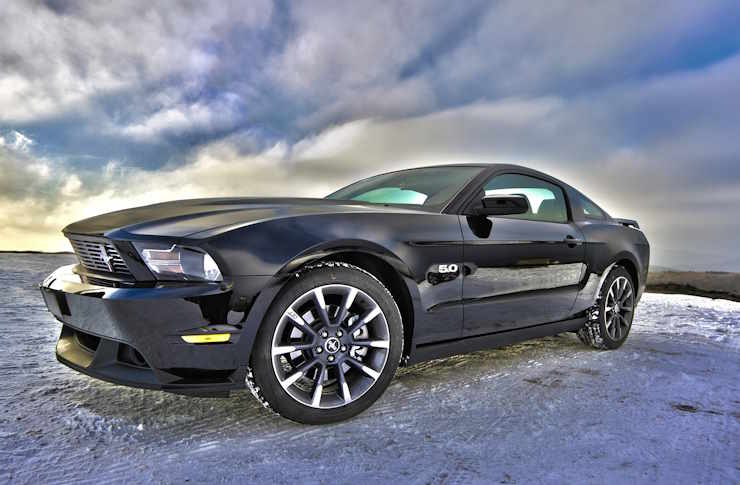The Intricacies of Torque Vectoring: A Game-Changer in Vehicle Handling
Introduction: When it comes to car handling, there's a new technology on the block that's turning heads - Torque Vectoring. This clever system enhances a vehicle's handling abilities, providing drivers with an uncanny level of control. But what exactly is torque vectoring, and how is it transforming driving dynamics? Let's buckle up, shift into gear, and explore this trailblazing technology.

The Genesis of Torque Vectoring
To truly appreciate torque vectoring, one must first understand its origins. As early as the 1990s, automobile manufacturers started experimenting with advanced all-wheel drive systems. They sought a solution to the age-old problem of vehicle instability during high-speed cornering. In 2005, Mitsubishi released the first production car with an active yaw control system, the Lancer Evolution. This was the first step towards what we now know as torque vectoring.
Torque Vectoring: The Mechanics Behind the Magic
Torque vectoring is an innovative technology that improves a car’s handling by distributing power between wheels. In essence, the system applies more power to the outside wheel and less to the inside during a turn. This counteracts understeer, providing drivers with more agile and controlled driving. The technology relies heavily on sensors and advanced control units that continuously monitor wheel speed, steering angle, and lateral acceleration.
The Current Landscape: Torque Vectoring in Today’s Cars
Today, torque vectoring is no longer exclusive to high-performance vehicles. From luxury sedans to compact hatchbacks, this technology has found its way into various car segments. Leading manufacturers like Audi, BMW, and Porsche have adopted torque vectoring, each with their unique twists. For example, Audi’s ‘quattro’ system uses brakes to slow down the inside wheels, thereby increasing torque on the outside. On the other hand, Porsche’s torque vectoring system uses an electronically controlled differential to achieve the same effect.
The Impact of Torque Vectoring on Driving Dynamics
Torque vectoring significantly enhances vehicle handling, providing a more engaging driving experience. It allows for sharper cornering, improved stability, and greater control at high speeds. On a practical note, it also enhances safety by preventing understeer and oversteer, common causes of road accidents. However, it’s worth noting that the benefits of torque vectoring are most noticeable during spirited driving or on twisty roads.
The Road Ahead: Challenges and Opportunities
Despite its undeniable benefits, torque vectoring faces its share of hurdles. The technology is complex and expensive, contributing to a higher vehicle price tag. Furthermore, it increases the vehicle’s weight and complexity, potentially affecting fuel efficiency and maintenance costs. Nevertheless, as with most automotive technologies, we can expect these issues to lessen as the technology evolves and becomes more prevalent.
In conclusion, torque vectoring is a revolutionary technology that’s pushing the boundaries of vehicle handling and control. Its ability to enhance driving dynamics, safety, and driver engagement is unprecedented. As technology advances and its adoption increases, torque vectoring is set to become a staple in the automotive world, setting a new standard for vehicle performance.




